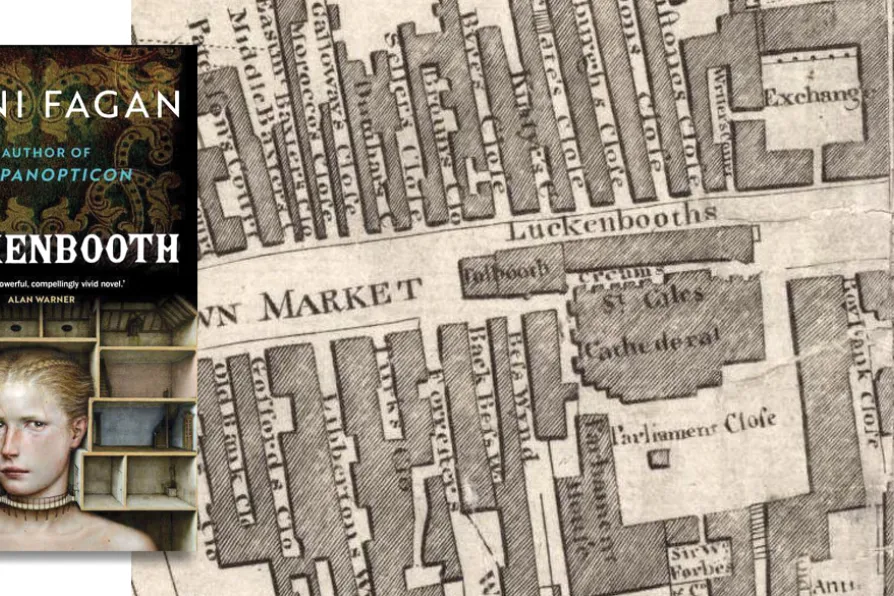JAN WOOLF applauds the necessarily subversive character of the Palestinian poster in Britain

 The Luckenbooths shown on a plan of Edinburgh in 1784 by Alexander Kincaid
The Luckenbooths shown on a plan of Edinburgh in 1784 by Alexander Kincaid
CONFINEMENT to my tenement flat during the height of lockdown offered a rare opportunity of gazing across the road to see all the other dwellings occupied, each playing out their own stories in such close proximity but all oblivious to one another.
Tenements contain multitudes but it is only in art that their stories can be seen together and such is the case with Jenni Fagan’s latest novel , which traces the lives of the residents in one Edinburgh tenement over the course of the 20th century.
It’s a microcosm of its variegated histories, peopled with characters both real and mythical, and its gothic undertow is almost mandatory for any work set in Scotland’s capital. Thus the devil’s daughter arrives to bear the child of a philanthropist and upstanding member of civic Edinburgh.
In other narratives, a spy prepares for her first assignment before being deployed in WWII, gangsters with animal masks are engaged in a turf war with a Chinese-operated syndicate, a medium threatens to reveal the dark secrets of the building and a recently laid-off miner has to confront his fear of light.
10 Luckenbooth Close is a nexus for the invisible social, economic and spiritual forces that course through a cosmopolitan capital and one resident is keenly attuned to these — the American writer, William Burroughs, an attendee at the 1962 Edinburgh Writers’ Conference in 1962.
“Can’t you feel the energy of this place?” he asks his companion. “This building is a psychic vampire, it drinks human essence.” Yet, as he also observes, it is only in the linguistic alchemy of novels that the invisible can be transfigured into the intelligible and that is clearly the guiding aesthetic philosophy of Luckenbooth.
On Hogmanay in 1999, that apocalyptically pregnant millennial moment, these forces come to a head. Dot, the last resident of 10 Luckenbooth Close, muses that “the city is a duality” and you can almost hear Scottish literary scholars grabbing their well-worn skeleton key in the process.
“Caledonian Antisyzygy,” the trope of the double in Scottish fiction is most famously expressed in Robert Louis Stevenson’s The Strange Case of Doctor Jekyll and Mr Hyde and Fagan gives it a 21st- century reworking, with a dualism both assuming cosmic, Manichean dimensions and the commonplace predations of the modern city.
The thread of injustice running through the book is personified in the homeless Dot who, left behind by a city prioritising tourism over its own residents, brings the building tumbling down. She lays bare its macabre past, a primal act of violence that haunts the tenement.
But amid the rubble is redemption and the promise of a different city.
Published by William Heinemann, £16.99.

















